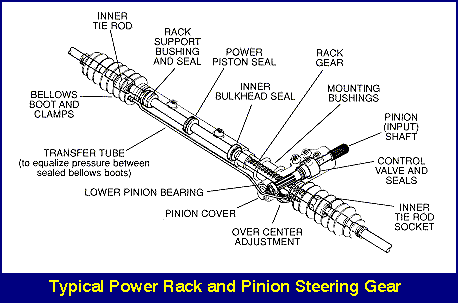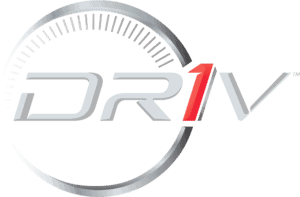STEERING SYSTEMS
The typical steering system used on passenger cars and light trucks is called a parallelogram system because all the pivot points are paralleled. This allows each wheel to be flexible and to travel independently. The conventional parallelogram system consists of the following:
- pitman arm
- idler arm
- tie-rod ends
- centre link
- adjusting sleeves

Another steering system design typically used in many General Motors vehicles is also a parallelogram system. This system uses two idler arms and a drag link.
The rack and pinion steering system is usually found in passenger cars. A pinion gear translates the rotary motion of the steering wheel into the linear motion of the rack. The rack moves the tie rods back and forth to steer the vehicle. Rack placement varies from one vehicle manufacturer to another and from model to model.



